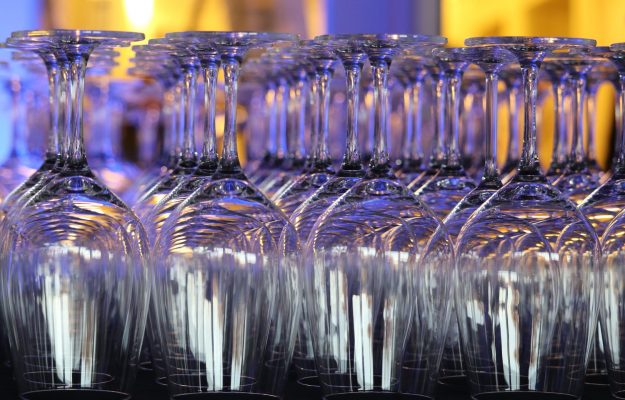It is well-known and an indisputable truth that the growth of Italian wine is mainly due to bubbles; therefore, it is not surprising at all that the revenues of Italian sparkling wine makers have grown the most, and have registered 8% growth in turnover in 2018, compared to 2017. Further, despite the general period of slack on the still wine market, the top brands of Italian wine have registered a positive year, including both those aimed at the premium segment, as well as those ranged over wider segments of the market. These are some of the results of the Pambianco Strategie di Impresa (business strategies) survey on preliminary data for 2018. Looking at the sparkling wine segment alone, for instance, the 5 most important companies for turnover have accumulated 8% growth compared to 2017, which means they grew from 601 to 651 million euros. These companies are, in order of highest turnover, Fratelli Martini (220 million euros), La Marca (140 million euros), the Lunelli Group (a historical reference point for Trentodoc, which has also controlled the Prosecco Bisol brand for many years, at 101 million euros), and then Contri (96 million euros) and Villa Sandi, led by Giancarlo Moretti Polegato, focusing mainly on Prosecco DOCG (95 million euros).
On the other hand, according to the Pambianco partitioning, the historic Antinori Tuscan wine brand, at 213 million euros, is at the top of the premium segment, distancing by far another big name of the Tuscan wine making nobility, Frescobaldi (119 million euros), and the Lunelli group (101 million euros). In fourth position, Castello Banfi, the reference company of Brunello di Montalcino (72 million euros), ahead of the Masi Amarone brand (which recently has also acquired the Canevel sparkling wine house, at 65 million euros turnover), and also the Terra Moretti Group (including Franciacorta Bellavista and Contadi Castaldi, Sella & Mosca in Sardinia and Teruzzi and Petra in Tuscany, at 83 million euros), the historic Franciacorta winery Berlucchi (43 million euros), the Sicilian group Duca di Salaparuta (42 million euros), and the Amarone and Lugana Zenato brand (38 million euros). Fontanafredda by Oscar Farinetti (but the figure of 60 million euros refers to 2017) is also in the top 10 premium segment. Overall, the 10 wineries Pambianco selected have totaled a turnover of 816 million euros, up 3% compared to 2017.
Turnovers have also increased for those who bet on a wider market segment. The ten wineries that together have developed a turnover of 2.35 billion euros, up from 2.24 billion euros in 2017, are: Cantine Riunite and CIV, which dominate the category at 616 million euros, ahead of the CAVIRO group at 236 million euros, and the Fratelli Martini at 220 million euros. Holding down fourth place is Zonin1821, at 201, and then Botter, at 196 million euros.
Then follow the two leading Trentino Cooperative companies, namely CAVIT (190 million euros) and Mezzacorona (188), ahead of Enoitalia (182) and the complex Santa Margherita group (which is improperly in the "commercial" category, Pambianco has explained, which offers accessible products but also great wines, and which brings together many of the most important areas of Italy, from Prosecco and Pinot Grigio of "its Veneto", Kettmeir of Alto Adige, Cà del Bosco, in Franciacorta, Lamole di Lamole, in the Chianti Classico, to its two most recent acquisitions, Cà Maio, in Lugana, and Cantine Mesa, in Sardinia, to name just a few, for a turnover of 178 million euros), and Italia Wine Brand (150 million euros).
Copyright © 2000/2025
Contatti: info@winenews.it
Seguici anche su Twitter: @WineNewsIt
Seguici anche su Facebook: @winenewsit
Questo articolo è tratto dall'archivio di WineNews - Tutti i diritti riservati - Copyright © 2000/2025









































































































































































































